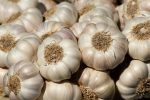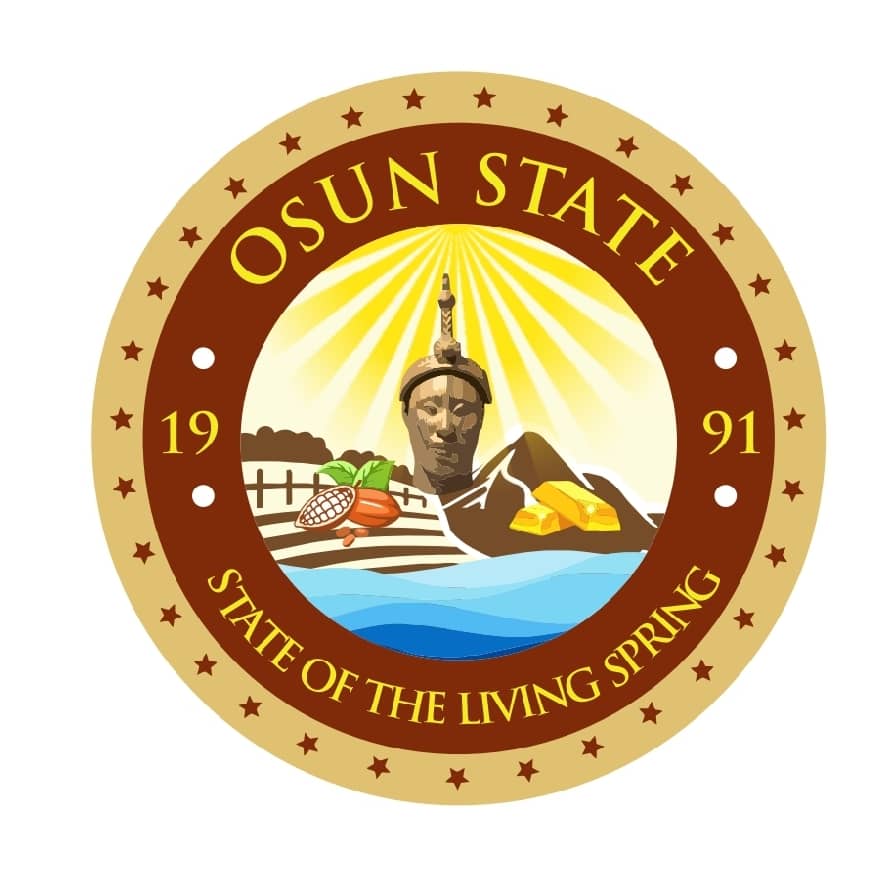Now That The Harmattan Is Here! By Francis Ezediuno


You wake up one morning and you noticed that the weather has changed. It was expected but probably not so soon. It is yet another season, for there is indeed a season for everything.
The rain has come and gone and the harmattan is here again. It comes with its dry, dusty air, hot temperature in the daytime and cold temperature at night and early hours of the morning.
There is the tendency for one to have high thirst for water, because the throat dries up easily, the lips crack easily, the hair breaks easily and one loses more water either through sweating, talking or urinating.
There are two major seasons in the climate of Nigeria, the rainy season and the dry season (popularly known as harmattan season). The rainy season in Nigeria is usually between March and November while the dry season is between November and March.
The dry season is very cold in the mornings and evenings. The mornings are especially cold before sunrise. The season is characterized by cold weather, low humidity, and dust particles suspended in air, blue cloudless sky and drought caused by absence of rainfall.
The Harmattan is a seasonal wind which blows across Northwestern Africa every year from November through March, at intermittent strengths.
The dry wind lowers the humidity, which can lead to hot days and cool nights.
This famous wind blows from North to South, working its way across the Sahara to the Gulf of Guinea. Along the way, it tends to pick up sand and dust, turning into a very drying, dusty wind. When the Harmattan really gets going, the dust can create a cloudy haze which can sometimes intensify into an actual sandstorm.
Risks associated with the Harmattan include:
- Fire outbreaks: Fire outbreaks constitute one of the common risks during harmattan. This is as a result of the harmattan, which is associated with dryness and wind. Between November and March, quite a lot of fire outbreaks are often recorded since there is dry wind, which makes it easy for fire to spread at the slightest ignition. This fire outbreaks release carbon monoxide into the atmosphere which could poison the air and lead to dangerous levels of air pollution and this has adverse effects on people with respiratory diseases.
- Poor Visibility: The harmattan haze with extremely dry dusty wind blows from the Sahara toward the western coast of Africa. This can reduce visibility. Driverse beware!
- Health Hazards:
- Allergies: Since there will be severe cold mixed with dust, people with asthmatic conditions and any sort of inhalant allergies are advised to take precautions because this is the period when they will be inhaling all sorts of dust.
This is the period when the Asthmatic patients suffer more crises. Many also suffer pneumonia and bronchitis, especially the very young and the aged. Those that are allergic to cold should also endeavor to go for thick clothing that can cover them up.
- The skin: The skin is usually dry with accompanying cracking of the lips, sole of the feet and even the skin itself.
The skin can be kept healthy by topical application of oily creams and weather friendly dressings.
- The eyes: The eyes are directly exposed to the harsh weather especially the dust particles carried by the wind. Thus itching, foreign body sensation and redness may be common especially in individuals with allergic eye disease. Proper eye hygiene in form of washing with clean water, reduced exposure to dust and protective eye glasses are advocated.
- Sickle cell anaemia: The dry, cold and dusty wind associated with Harmattan also triggers sickle cell crises in affected individuals. Sickle cell anaemia to recall is a genetic disease in which the red blood cells become sickle under a condition of low oxygen tension leading to blockage of small blood vessels. The reduced blood supply to the tissues results in pain especially from the bones. The blood oxygen is usually reduced in extremes of temperatures, cold in this case. ‘Sicklers’ as the patients are often referred to, should be vigilant and keep warm as much as possible to prevent crises.
- Food borne diseases: Because of the dusty atmosphere, there is need to imbibe healthy food preservation culture especially food hawkers such as fruits, vegetables and so on to prevent food borne diseases. Fruits and vegetables should be properly washed before eating.
Our drinking water containers should also be properly covered.
- The epidemic of meningococcal meningitis usually experience between February to May in the ‘meningitis belt’, of Northern Nigeria inclusive, is an aftermath of Harmattan.
- Dehydration: Lots of fluid should be taken to compensate for loss of water from the body into the atmosphere through respiration, perspiration and urinating.
Harmattan is the period when the throat gets sore, sneezing is frequent, sometimes the eyes become watery or reddish, frequent headaches, sputum in your saliva because of catarrh and then cold and over time, cough. All these symptoms for just one season!
The Harmattan, despite its adverse health effects, is not without some benefits to man. For example, the low temperature associated with it is unfavorable for breeding of mosquitoes thus reducing the incidence of malaria.
The cool wind also brings relief from the oppressive heat. It also makes for some beautiful sunrises and sunsets.
The Harmattan is a natural phenomenon that we have to contend with. That notwithstanding, man’s alteration of his natural environment, help fuel these natural hazards with attendant health consequences. Desert encroachment by human activities in form of deforestation must be discouraged by relevant authorities.
It is not enough to observe ceremonial tree planting campaigns yearly without devising a means of nurturing them. Alternative means of fuel such as coal, would go a long way in reducing the societal demand for fire wood for cooking.
Environmental sanitation and enacting and enforcing laws to regulate environmental pollution from industrial bye products are all measures that will minimize the adverse health effect of this natural hazard. Indeed, there is no weather that would fully be accepted by all humans no matter how favorable it is.










